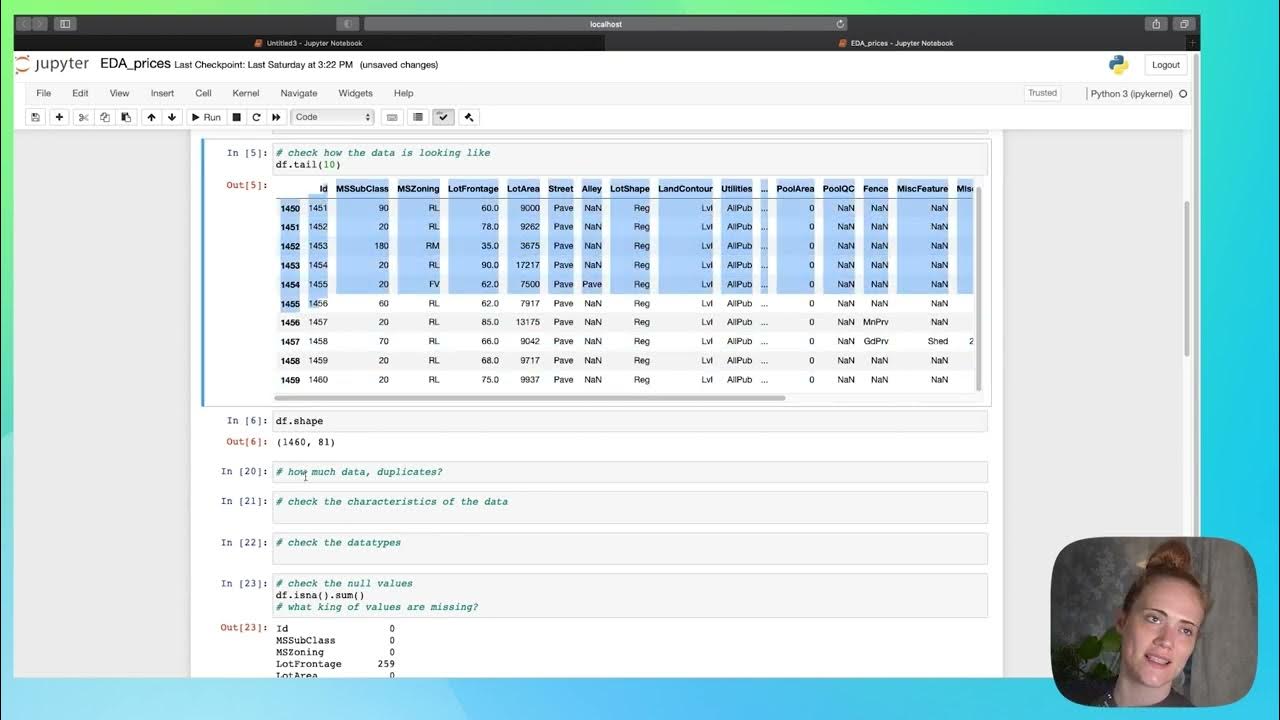QTL Mapping Part 1
Summary
TLDRThis lecture explores the application of linkage disequilibrium in QTL analysis, using monkey flowers as a case study. It discusses two flower types adapted for bee and hummingbird pollination and how QTL mapping can determine the number and location of genes influencing these traits. The research aims to understand the genetic changes behind the diversification of flower types and if they resulted from a few large mutations or many small ones.
Takeaways
- 🌺 The lecture discusses the application of linkage disequilibrium in QTL (Quantitative Trait Locus) analysis using monkey flowers as a case study.
- 🐝 Different floral types in the genus Mimulus have evolved to attract specific pollinators, such as bees and hummingbirds, which is reflected in their physical characteristics.
- 🧬 QTL analysis is a method used to identify the number of genes influencing a trait, their location in the genome, and their effect on the phenotype.
- 🔍 The candidate Locus method is used to further investigate the genes found through QTL mapping to understand their protein products and their impact on the phenotype.
- 🌱 Practical applications of QTL mapping include genetic engineering of crops and predicting disease risk based on multiple genes.
- 🧬 The researchers aimed to understand the genetic changes that led to the diversification of flower types in monkey flowers, specifically the evolution of traits adapted for different pollinators.
- 🧐 The study explores whether the observed diversification resulted from a few large genetic changes or many small changes accumulating over time.
- 📊 QTL mapping involves identifying marker loci throughout the genome to locate QTLs that are in linkage disequilibrium with the markers.
- 🔬 The process of QTL mapping involves creating F1 and F2 generations to observe the distribution of traits and identify correlations between marker genotypes and phenotypes.
- 🌼 The research uses the F2 generation to measure phenotypes and look for statistical correlations with marker genotypes to determine the genetic basis of floral traits.
Q & A
What is the main topic of the lecture?
-The lecture focuses on the concept of linkage disequilibrium and its application in QTL (Quantitative Trait Locus) analysis, using a case study of two species of monkey flowers in the genus Mimulus.
What are the two types of floral phenotypes discussed in the genus Mimulus?
-The two types of floral phenotypes are those adapted to attract bees (bee-pollinated flower types) and those adapted to attract hummingbirds (hummingbird-pollinated flower types).
How do bee-pollinated flowers differ from hummingbird-pollinated flowers?
-Bee-pollinated flowers tend to be purple or pink, have large petals for landing pads, and a broad short passageway to the nectar. Hummingbird-pollinated flowers are usually red, have long narrow entrances, and lack landing pads since hummingbirds hover.
What is a quantitative trait locus (QTL)?
-A QTL is a gene that influences a quantitative trait, which is a trait influenced by multiple genes at different loci. QTLs contribute to the continuous variation in phenotypes observed in traits like flower morphology.
What is the purpose of QTL mapping?
-QTL mapping is used to determine how many QTLs are involved in producing a trait, their location in the genome, and to understand what their protein products do and how they affect the phenotype.
What is the candidate locus method and how does it relate to QTL mapping?
-The candidate locus method is used after QTL mapping to focus on particular loci in the genome where QTLs exist. It involves sequencing the gene, producing the protein, and studying its effect on the phenotype.
What are the practical applications of QTL mapping and the candidate locus method?
-These techniques are used in genetic engineering, particularly for crop plants to identify and manipulate genes for desired traits, and in predicting disease risk by understanding the genes involved in diseases.
What evolutionary question were the researchers trying to answer with their study on monkey flowers?
-The researchers were investigating whether the diversification of flower types in monkey flowers was the result of a small number of large changes or a large number of small changes in the genetic makeup.
What is the significance of the phylogeny in understanding the evolution of flower types in Mimulus?
-The phylogeny helps to infer the likely phenotype of the common ancestor of the two species and suggests that the hummingbird-pollinated phenotype may have evolved twice independently in the genus.
How do researchers use QTL analysis to answer evolutionary questions?
-By identifying the QTLs responsible for differences in floral phenotypes and examining whether these are due to a few large-effect mutations or many small-effect mutations, researchers can gain insights into the evolutionary processes at work.
What is the role of marker loci in QTL mapping?
-Marker loci are scattered randomly in the genome and are used to identify QTLs that are in linkage disequilibrium with them. They provide a known genotype and location that can be correlated with the phenotype to locate QTLs.
Outlines

هذا القسم متوفر فقط للمشتركين. يرجى الترقية للوصول إلى هذه الميزة.
قم بالترقية الآنMindmap

هذا القسم متوفر فقط للمشتركين. يرجى الترقية للوصول إلى هذه الميزة.
قم بالترقية الآنKeywords

هذا القسم متوفر فقط للمشتركين. يرجى الترقية للوصول إلى هذه الميزة.
قم بالترقية الآنHighlights

هذا القسم متوفر فقط للمشتركين. يرجى الترقية للوصول إلى هذه الميزة.
قم بالترقية الآنTranscripts

هذا القسم متوفر فقط للمشتركين. يرجى الترقية للوصول إلى هذه الميزة.
قم بالترقية الآن5.0 / 5 (0 votes)






